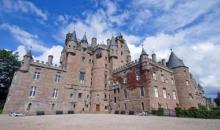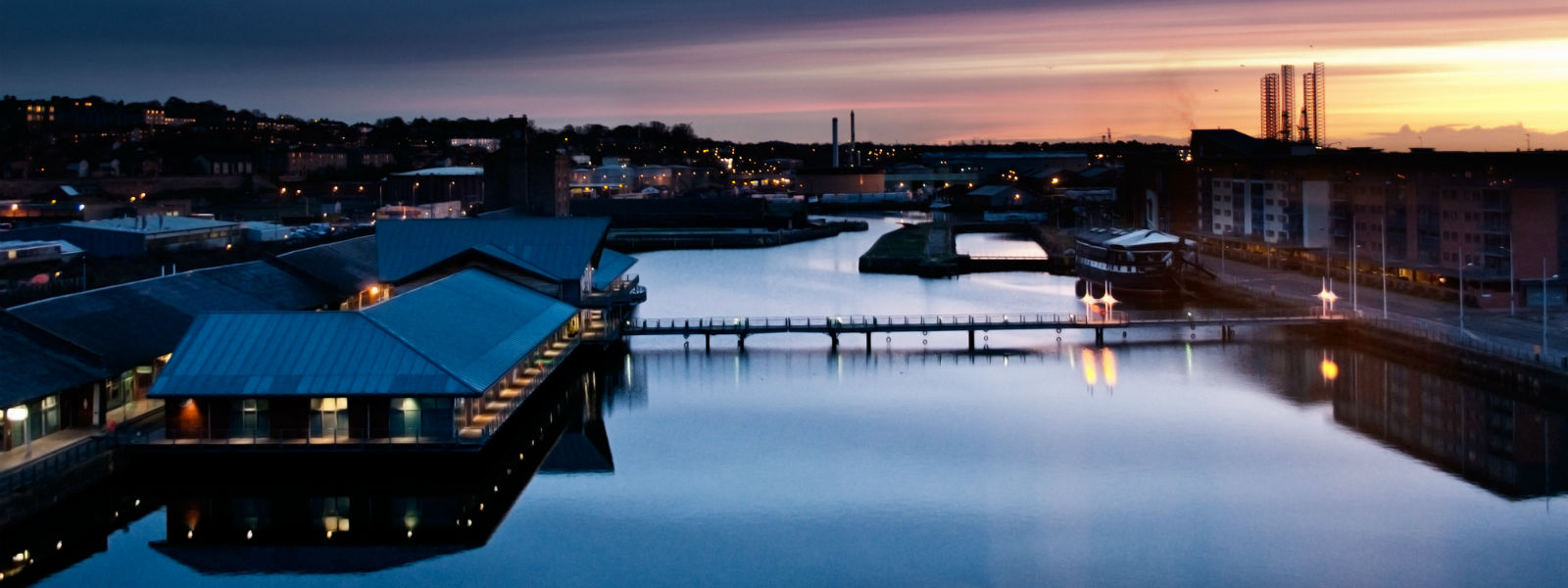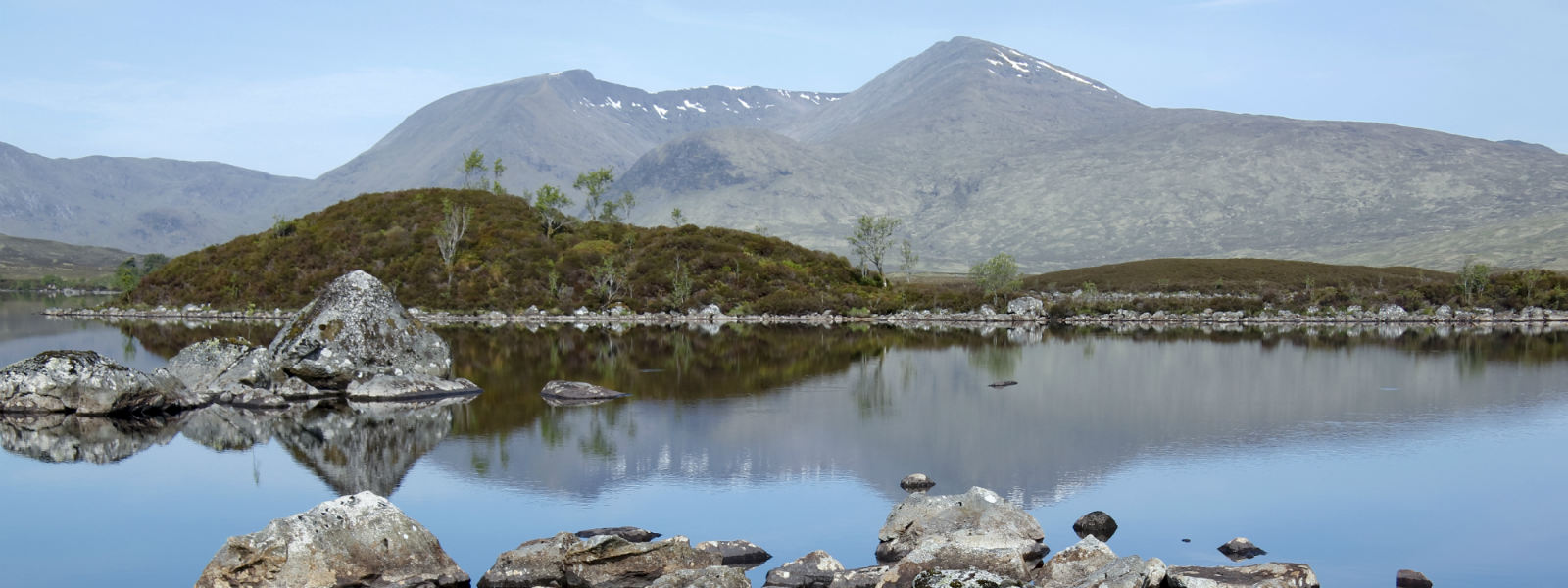
Welcome to Angus, a region defined by its dramatic landscapes, rich history, and charming towns, offering a wealth of unique film locations. If you're in search of the perfect setting for your next production, Angus has something truly special to offer.
Lying on the eastern, North Sea coast of Scotland, the county of Angus offers a rich tapestry of landscapes and film locations that reflect its storied past and vibrant present. From dramatic coastlines to fertile farmlands, Angus's geography is both diverse and captivating.
Coastal Allure
The North Sea Influence
The eastern boundary of Angus is defined by its beautiful coastline along the North Sea. This stretch of coast ranges from rugged cliffs to sandy beaches, providing a stunning natural environment that is a haven for wildlife. The town of Arbroath was once the base for construction of the famous Steven Bell Rock Lighthouse. Arbroath harbour is filled with pleasure and working boats and is surrounded by smokehouses for the world famous Arbroath Smokies.
Seaside Settlements
The coastline is characterised by towns and villages like Montrose, known for its picturesque estuary basin, a tidal lagoon teeming with birds and other wildlife. Carnoustie is internationally renowned for its prestigious golf courses, attracting golf lovers from across the globe.
Rolling Countryside - The Strathmore Valley
Central to Angus's geography is the fertile Strathmore Valley, stretching between the Grampian Mountains and the Sidlaw Hills. Known as the "Great Valley," Strathmore
Valley is a fertile lowland area that has long been associated with agriculture. The rich soils here support a variety of crops, including cereals, potatoes, and soft fruits like raspberries and strawberries.
Historical Significance
The valley is also home to several historical landmarks and castles. Glamis Castle, once the childhood home of Queen Elizabeth, The Queen Mother is twinned with the Great Wall of China is also legendary for its connection to Shakespeare's "Macbeth". It was originally built in 1372 and replaced with its current design in the 15th Century.
It’s also reputed to have a few ghosts including the ‘Grey Lady’.
The Highland Fringe
Sidlaw Hills - to the south of Strathmore Valley lie the Sidlaw Hills. These hills offer sweeping views across the valley and towards the North Sea. The highest peak, Craigowl Hill, stands at 455 meters and is relatively easy to climb.
The Grampian Mountains - to the north, the landscape transitions to the foothills of the Grampian Mountains. This area is characterized by its rugged terrain, deep glens, and expansive moorlands.
Angus Glens
The Angus Glens, a series of five valleys – Glen Isla, Glen Prosen, Glen Clova, Glen Lethnot, and Glen Esk – cut through the Grampian range, offering some of the most breath-taking and remote landscapes in Scotland.
Glen Isla - the most westerly of the glens is noted for its pastoral beauty with the Reekie Linn waterfall providing a dramatic focal point. Its name comes from the haze caused by the rushing waters.
Glen Prosen - known for its tranquility and wildlife, Glen Prosen is a haven for birds and nature. It offers relatively gentle walking paths and stunning natural vistas.
Glen Clova - possibly the most famed of the glens, Clova, is dotted with ancient woodlands and rugged peaks. The glen is a gateway to the Cairngorms National Park.
Glen Lethnot - quieter and less frequented, Lethnot is a hidden gem that offers a peaceful retreat with rolling hills, open moorlands and untouched natural beauty.
Glen Esk - the largest and most dramatic, Esk stretches deep into the mountains and is home to the imposing Mount Keen, the most easterly Munro (a Scottish mountain over 3,000 feet). The glen also hosts the intriguing ruins of Invermark Castle and St. Drostan’s Well, a site of historical and spiritual significance.
River Systems
River South Esk - running through Glen Clova and eventually emptying into the North Sea near Montrose, the River South Esk is one of the primary waterways in Angus. It supports a diverse range of wildlife, including salmon and otters.
River North Esk - another significant river, the North Esk forms part of the boundary between Angus and Aberdeenshire. It flows through scenic Glen Esk and continues its journey south-eastward.
Arable Land and Pastures
Angus is renowned for its farming, with much of the land dedicated to arable farming. The rich soils and favourable climate contribute to the region's reputation as a productive agricultural area, with farms specialising in a range of crops, including barley, potatoes, and the region's famed soft fruits, particularly strawberries and raspberries.
Towns and Villages
Angus's geography is punctuated by a series of vibrant towns and picturesque villages, each contributing to the county's diverse character:
Forfar – sits at the heart of the county and is known for its historical significance and role as an administrative centre. The town is also famous for the Forfar Bridie, a traditional Scottish meat pastry.
Brechin - located near the River South Esk, Brechin boasts an impressive cathedral with a Pictish round tower, one of only two such towers in Scotland.
Kirriemuir - the Gateway to the Glens, Kirriemuir is renowned as the birthplace of Peter Pan author J.M. Barrie. The town offers an intriguing mix of literary history and access to the natural beauty of the Angus Glens.
Monifieth - situated on the coast, Monifieth is a blend of suburban residential areas and scenic coastal stretches. It offers easy access to sandy beaches and excellent golfing opportunities.
Carnoustie – a small town but a giant in the golfing world, thanks to the prestigious Carnoustie Golf Links, which has hosted The Open Championship multiple times. The town’s coastal location also offers beautiful sea views and walking paths.
Natural Reserves and Parks
Montrose Basin - an estuarine basin, this is a significant feature on Angus's coastal geography. It serves as a vital habitat for a diverse range of bird species. It is an essential stopover for migratory birds, with species such as pink-footed geese and waders visiting in large numbers.
Crombie Country Park – near Carnoustie, Crombie offers serene woodland walks and diverse nature and habitats.
Monikie Country Park - close to Crombie, Monikie features beautiful reservoirs that are popular for water sports such as sailing and kayaking. The park's extensive trail network is perfect for walking, cycling, and wildlife spotting.
Climate
Angus, like much of Scotland, experiences a temperate maritime climate. This means relatively mild temperatures year-round, with no extremely hot summers or severely cold winters. Spring sees a gradual warming with blossoming flowers and lengthening days while summer offers the warmest and driest conditions. Autumn brings vibrant foliage, especially in the woodlands and glens, while winter, although colder and wetter, remains relatively mild compared to other parts of Scotland, with infrequent snow at lower elevations but common snow in the higher reaches of the Grampians.
Cultural and Historical Geography
Angus is rich in history, and this is reflected in its geography. Beyond Glamis Castle there are numerous historical sites that speak to its storied past.
Edzell Castle and Garden - situated near Brechin, Edzell Castle is renowned for its striking Renaissance garden, which features intricate carvings and colourful flowerbeds that reflect the era's stylistic elegance.
Arbroath Abbey - known as the birthplace of the Declaration of Arbroath in 1320 —a historical document asserting Scotland's independence—Arbroath Abbey is a magnificent ruin that offers a glimpse into the country's medieval past. The Declaration of Arbroath is considered a strong influence on the USA’s Declaration of Independence.
Restenneth Priory - near Forfar, this ancient priory dates back to the 12th century and is a significant ecclesiastical site that played a critical role in Scotland's religious history.
To sum up
The geography of Angus is a captivating blend of coastal beauty, fertile valleys, majestic hills, and rich cultural landscapes. It brings together serene rolling countryside, the rugged beauty of the Angus Glens and coastal cliffs, the historical mystique of its castles, sandy beaches with some of the highest parabolic sand dunes in Europe and friendly appeal of its towns. This diversity not only defines the character of the region but also offers a wealth of opportunities for filming.




